Modern Art + Design presents Carl Kylberg, "Venez a ma suite (Följ med)"
Carl Kylberg
"Venez à ma suite (Följ med) [Come, Follow Me]"
Carl Kylberg searched for ways of expressing the spiritual, the omnipresent and the universal through his painting. This ‘search’ also evokes in his work a powerful feeling of timelessness. That Kylberg persistently tried to express this is evident in his engagement with philosophical and religious thoughts about human existence, our lives and the paths we take on this earth. In his diaries he would regularly comment on his painting, allowing us to find the key to unlock his profound artistic practice. To a young Kylberg religion was at first something restrictive. With a scholarship he was able to travel to Berlin where he became stimulated by the intellectual environment, and where he could read literature that otherwise had been strongly prohibited in his family home in which religion was a constant presence.
Later in life Kylberg would find his way back to religion and in several of his paintings, the religious motif is central. Kylberg considered artists to be visionaries who, with their creativity, would interpret the symbols of the times, revealing them to others. When Kylberg was asked whether his biblical imagery was due to its painterly potential or because of religious ideas he replied: “Both... But I am not a religious dogmatist... to me, light is in itself a kind of religion”.
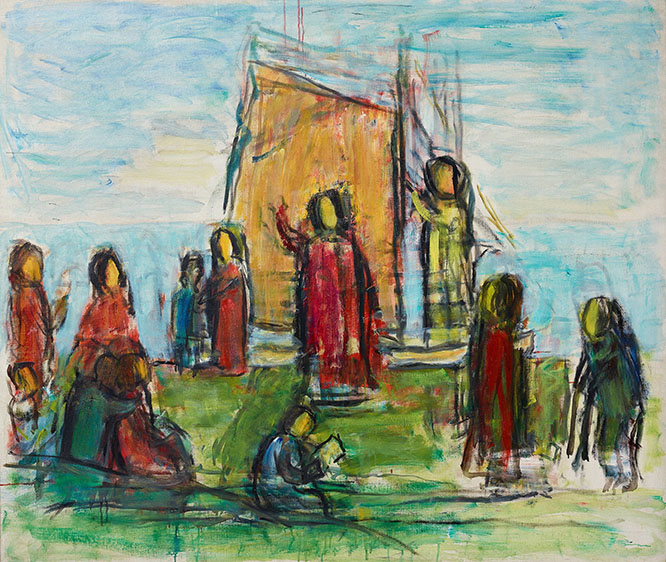
› Signed CK verso. Canvas 97 x 116 cm. Frame by the artist's wife Ruth. Estimate 1 000 000 - 1 200 000 SEK.
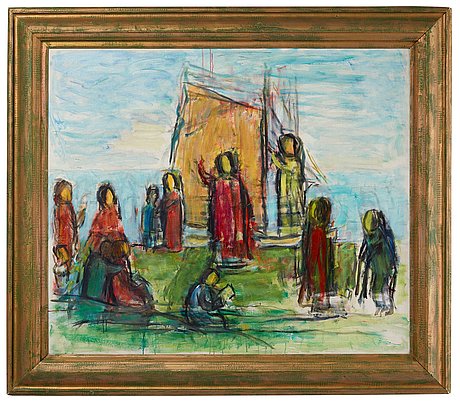
Brita Knyphausen mentions the painting in the auction, Venez à ma suite (Följ med), in her book about the artist: “The major exhibition also clarified how the religious aspects were now given a bigger place than before in Kylberg’s work and imagination, the Christian foundation is much more pronounced than before. The pentaptych – which had also been included – was a milestone on the way from a pantheistically disposed universal religion towards Christianity. Now he exhibited new paintings with subject matters that were directly inspired by the New Testament, such as Tro och Tvivel and På Genesarets sjö. Amongst the most powerful of the religious paintings, which were shown on this the first Easter after the end of the War, were the simply monumental Följ med and the heavy, almost harshly medieval Livets krona, painted between 1945 and 1946, a statuesque arranged Golgotha scene, where the viewers, through the structure of the composition, find themselves lined up with the band of mercenaries” (Knyphausen, p. 147).
Viewing November 11 – 16, Berzelii Park 1, Stockholm
Open Mon–Fri 11 am–6 pm, Sat–Sun 11 am–5 pm.
Auction Live November 17–18, Arsenalsgatan 2, Stockholm
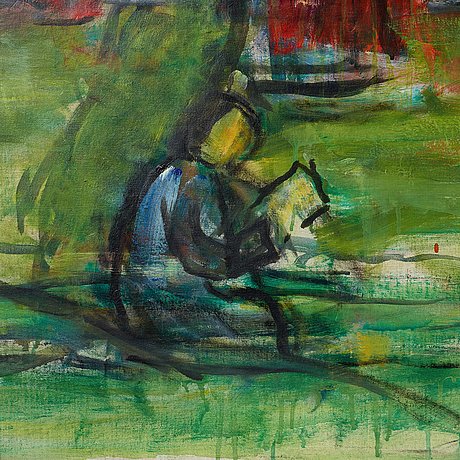
For requests & condition reports Contact our category specialists
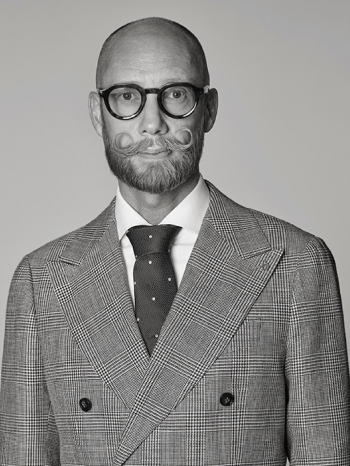
Stockholm
Björn Extergren
Head of Consignment and Sales Department, Fine Art. Specialist Antique Furniture, Decorative Arts and Asian Ceramics
+46 (0)706 40 28 61
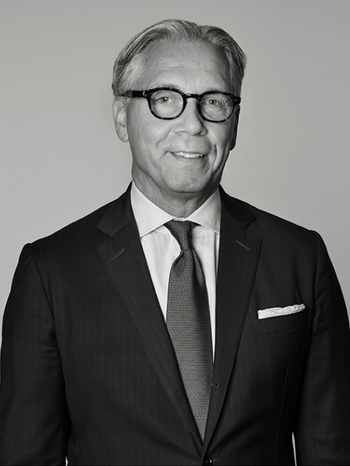
Stockholm
Andreas Rydén
Head Specialist, Art, Deputy Managing Director
+46 (0)728 58 71 39

Stockholm
Lena Rydén
Head of Art, Specialist Modern and 19th century Art
+46 (0)707 78 35 71



























